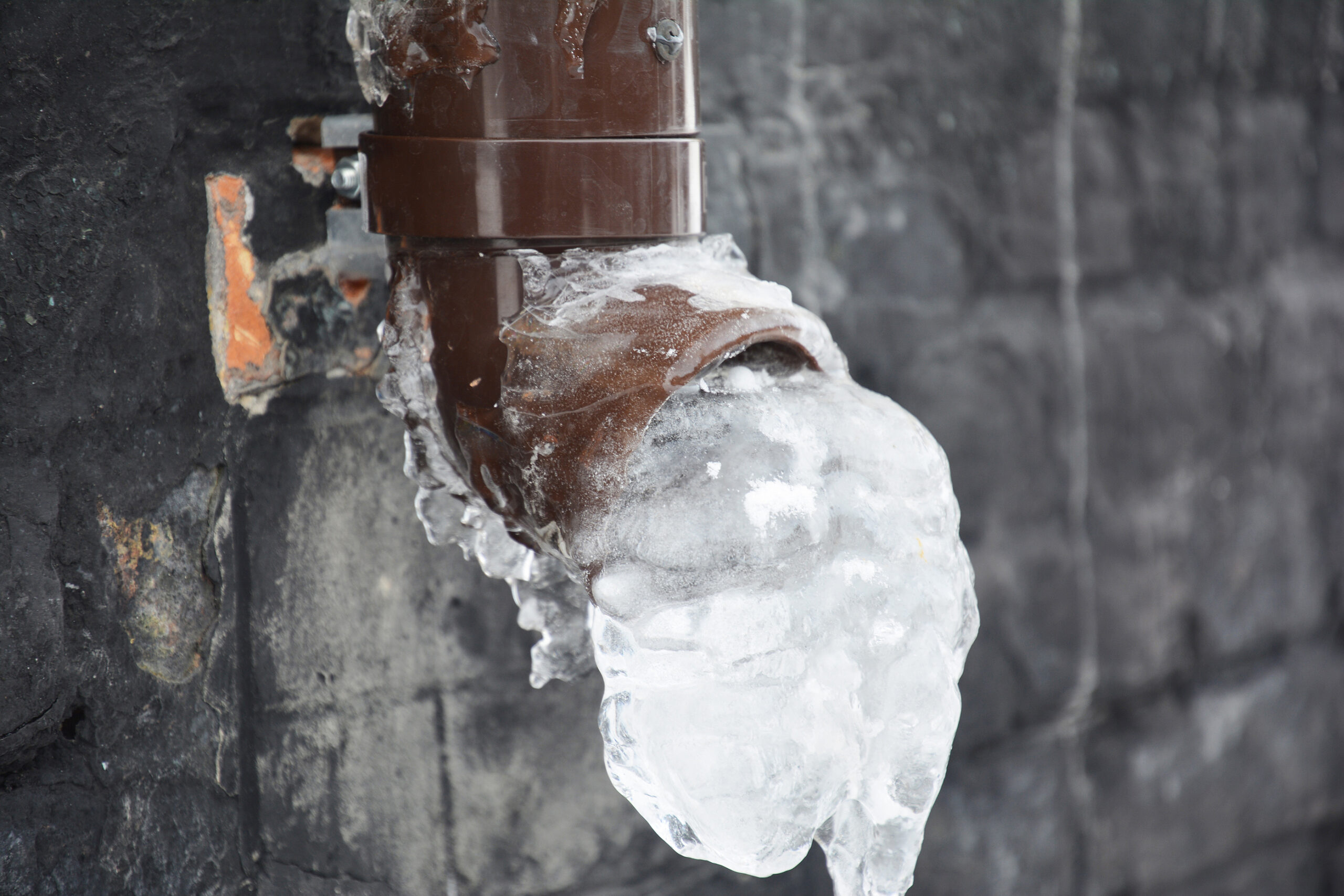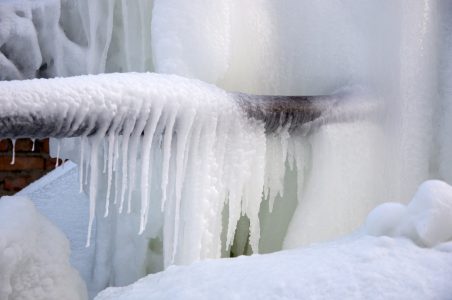Prevent Frozen Plumbing in Cold Weather: Professional Advice
Prevent Frozen Plumbing in Cold Weather: Professional Advice
Blog Article
This post which follows pertaining to How To Avoid Freezing Pipes is immensely engaging. Give it a try and make your own conclusions.

Winter can ruin your plumbing, especially by freezing pipes. Right here's how to avoid it from happening and what to do if it does.
Intro
As temperatures decrease, the threat of frozen pipes boosts, potentially causing expensive repair services and water damages. Recognizing just how to prevent icy pipelines is crucial for homeowners in cold environments.
Recognizing Frozen Pipes
What causes pipelines to ice up?
Pipes freeze when revealed to temperature levels below 32 ° F (0 ° C) for extended durations. As water inside the pipes freezes, it expands, taxing the pipeline walls and possibly triggering them to burst.
Threats and damages
Icy pipes can cause water system disruptions, residential or commercial property damages, and expensive repair services. Burst pipes can flooding homes and cause substantial structural damages.
Signs of Frozen Water Lines
Recognizing frozen pipes early can stop them from bursting.
How to determine icy pipelines
Look for lowered water flow from faucets, unusual odors or noises from pipelines, and visible frost on subjected pipelines.
Prevention Tips
Insulating vulnerable pipes
Cover pipelines in insulation sleeves or use warmth tape to safeguard them from freezing temperatures. Focus on pipelines in unheated or outside areas of the home.
Home heating strategies
Keep indoor areas effectively heated, specifically locations with plumbing. Open up cabinet doors to permit warm air to flow around pipes under sinks.
Shielding Outside Pipes
Yard pipes and exterior faucets
Separate and drain yard hoses before winter months. Install frost-proof faucets or cover outdoor faucets with protected caps.
What to Do If Your Pipes Freeze
Immediate activities to take
If you suspect frozen pipes, maintain taps open to eliminate stress as the ice melts. Use a hairdryer or towels taken in hot water to thaw pipes slowly.
Long-Term Solutions
Structural modifications
Take into consideration rerouting pipelines far from outside wall surfaces or unheated locations. Include added insulation to attic rooms, basements, and crawl spaces.
Upgrading insulation
Purchase top notch insulation for pipelines, attics, and walls. Proper insulation helps maintain consistent temperature levels and lowers the threat of frozen pipelines.
Verdict
Stopping frozen pipes calls for aggressive procedures and quick responses. By recognizing the reasons, signs, and safety nets, homeowners can shield their pipes throughout winter.
6 Proven Ways to Prevent Frozen Pipes and Protect Your Home
Disconnect and Drain Garden Hoses
Before winter arrives, start by disconnecting your garden hoses and draining any remaining water. Close the shut-off valves that supply outdoor hose bibs and leave the outdoor faucet open to allow any residual water to drain. For extra protection, consider using faucet covers throughout the colder months. It’s also important to drain water from any sprinkler supply lines following the manufacturer’s directions.
Insulate Exposed Pipes
Insulating your pipes is an effective way to prevent freezing. Pipe insulation is readily available at home improvement stores and is relatively inexpensive. Pay close attention to pipes in unheated areas such as the attic, basement, crawl spaces, or garage. Apply foam insulation generously to create a buffer against the cold. You can also wrap your pipes in heat tape or thermostat-controlled heat cables for added warmth.
Seal Air Leaks
Inspect your home for any cracks or openings that could let in cold air. Seal any holes around the piping in interior or exterior walls, as well as the sill plates where your home rests on its foundation. Additionally, make sure to keep your garage door closed unless you’re entering or exiting. Leaving it open creates a significant air leak that can lead to frozen pipes.
Allow Warm Air Circulation
During cold snaps, it’s essential to allow warm air to circulate evenly throughout your home. Leave interior doors ajar to promote better airflow. Open kitchen and bathroom cabinets to help distribute heat consistently around the rooms. If you have small children or pets, be sure to remove any household chemicals or potentially harmful cleaners from open cabinets for safety.
Let Faucets Drip
A small trickle of water can make a big difference in preventing ice formation inside your pipes. When temperatures drop significantly, start a drip of water from all faucets served by exposed pipes. This continuous flow helps prevent the water from freezing. Additionally, running a few faucets slightly can relieve pressure inside the pipes, reducing the chances of a rupture if the water inside does freeze.
https://choateshvac.com/6-proven-ways-to-prevent-frozen-pipes-and-protect-your-home/

We were introduced to that write-up on How to prepare your home plumbing for winter weather from a good friend on another blog. Do you know somebody else who is involved in the subject? Please feel free to share it. Thank you so much for taking the time to read it.
Call Today Report this page